Listening is an art like any other skill that needs mastering. Often, people find themselves talking to someone who fails to be an active part of the conversation. The result is a verbal exchange where only one of the parties—the speaker—seems engaged. If you often feel disengaged during a conversation, start practicing active listening techniques that help you become a better listener. This article explores the concept of active listening, equipping you with ways in which you, too, can master the art.
What is active listening?
The term is self-explanatory. Active listening is the art of listening to a verbal articulation with full attention, reciprocity, and engagement. It involves processing the information offered in a conversation and participating in it accordingly. Active listening is about acknowledging what the speakers say and making them feel heard and valued. Just as it is important to become a good speaker, improving your listening skills is as crucial. Active listening techniques are guidelines that can help anyone become a better listener. It takes time to become an active listener, but with consistent practice, you can master the techniques and become a part of engaging conversations wherever you go.
Ways to master the art of active listening:
Let’s now look at how you can master the skill of active listening. These active listening techniques will set you apart as someone who values the thoughts and opinions of others, which is also a vital social skill. If you want to develop your listening skills, here are some tips you can follow:
1. Show noticeable signs of interest:
When listening to someone speak, especially in one-on-one conversations, make it a point to smile and nod occasionally. Maintain eye contact with the listener. Be mindful about fidgeting or diverting your gaze to other people. Body language goes a long way in establishing you as an engaged listener.
2. Abstain from interrupting:
Allow the speaker to feel heard and validated. If the listener keeps interrupting the speaker with irrelevant observations or unrelated remarks, the conversation falls through. A good listener waits for their turn to speak, and the replies are meaningful responses to the speaker’s thoughts. Be patient and pay attention throughout the conversation. Listen to understand and not respond.
3. Give feedback to show your involvement:
Wait for the speaker to pause, but when they do, make sure to show your involvement in the conversation by giving feedback on what you have heard so far. A simple “I understand your problem” goes a long way in showing that you are being an active listener.
4. Look for what is communicated via body language:
Not everything needs to be spoken. If you want to master the art of active listening, watch out for what the speaker is communicating via body language. Whether they are worried, elated or confused, body language can give you an insight into their feelings. An active listener goes beyond what is being spoken.
Being an active listener helps you out in your personal and professional relationships. Active listening practices are a great way of ensuring that you become one.
Conclusion:
Teaching active listening techniques is directly in the wheelhouse of a coach. If you want to become someone who can make people and company teams better listeners, you can consider getting coach training. Team Transformation’s range of courses can help you acquire the knowledge required to teach other people the importance of becoming a good listener, team player, and much more. Check out their website today.









































